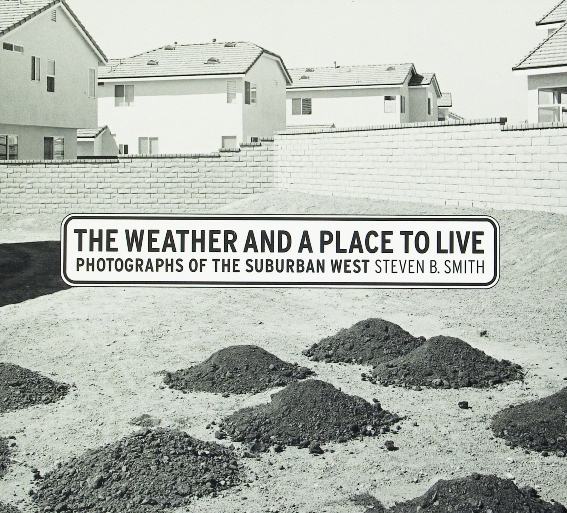
I should say this up front: this is not so much a review as a eulogy. It has been a long time since a photobook has had such an strong impact on me (to the point where I found myself poring over it at 3am during a bout of insomnia). I am not going to pretend to be impartial here: as a westerner who is interested/obsessed with Japan and East Asia, this was always likely to resonate with me. Instead, I'm just going to try and put into words the reasons why I think it is so great. To paraphrase the brilliant Kingsley Amis, "Why did I like women's breasts [this book] so much? I was clear on why I liked them [it], thanks, but why did I like them [it] so much?"
I first came across Leo Rubinfien through the text he wrote for Shomei Tomatsu's catalogue, Skin of the Nation (another photobook deserving of a eulogy of its own), but, embarrassingly, I didn't realise at the time that he was an accomplished photographer in his own right. It wasn't until last year that I came across Rubinfien again, when Naoya Hatakeyama introduced me to this book. Unfortunately, this was after a few beers and although I was intrigued at the time, the drinks got the better of my memory... until the book resurfaced a couple of weeks ago at the excellent Comptoir de l'Image bookstore. You can see an image of this tiny store here, which will give you a bit of an idea of why I consider it to be nothing short of miraculous that I found this book buried in one of the floor-to-waist piles of books that line this tiny store... like stumbling upon a needle in a haystack.
The book opens with an image from a busy street in Tokyo, where Rubinfien spent his early childhood. The bemused, vaguely unimpressed salaryman staring into the camera is the perfect introduction: his look of incomprehension says "What are you looking at? Why are you taking this picture?" This image conveys both our fascination with 'Asia' as well as a sense that Asia is gently shaking it's head at the strange behaviour of the overly curious foreigner.

The book bounces all around East Asia – Japan, China, Indonesia, Thailand, Vietnam, with a couple of glimpses of South Asia along the way – in no discernible order. Importantly the captions situating the images are all located at the end of the book: by doing this Rubinfien avoids us thinking about the specific location of each image in order to bring the abstract notion of 'Asia' into being.
How can you possibly define something as massive and diverse as Asia? You will rarely hear a European refer to themselves as such (or maybe only in certain corners of Brussels) and I'm always slightly amused when I hear someone say "I'm going to Europe." It seems like a total non-sense: how can you go to a place that vast with so many fragmented and opposing identities and cultures? And yet I'm sure that to an American or an Australian, the idea of Europe is more coherent and evokes certain notions which aren't necessarily reductive stereotypes like baguettes and shrugs, pasta and wild gesticulation or beer and extreme organization.

The real success of this book for me is that Rubinfien manages to bring this concept of Asia to life with a few handfuls of images (one hundred and seven to be precise). Yes, this is most probably an Asia that Asians themselves wouldn't identify with, but this is not an idealisation of the pure exoticism of the East either. This isn't a book of geishas, buddhist monks or minimalist 'zen' landscapes. This is the Asia of smells and sounds, of tangled wires, hotel lobbies and heavy skies. Rubinfien knows that he is an "alien", a foreigner, and it is through those eyes that he draws out his map. It is a book of an incredibly astute and observant outsider's experience of Asia... of the feeling that it evokes. He accepts that he cannot capture Asia's essence and so he chooses to capture perfectly the experience of searching for it.
Both Rubinfien's introduction and Donald Richie's afterword are brilliant... I probably would have been better off just quoting them at length here. In his review, Jeff Ladd described the printing as 'chalky', but I actually like the muted effect that it has on the images, and I agree with him about the intelligence with which the images have been edited. The only thing I don't love about this book (I had to find something) is it's cover, which seems a little too obvious given the subtlety of the images on the inside. Mercifully, although it is almost twenty years old, this book doesn't cost $200, but more like $20 (for the hardback version, the paperback is probably even cheaper). If you have any interest in Asia and in photography, you should own this.

Leo Rubinfien, A Map of the East. David R Godine, (Hardcover, 132 pages, 107 colour plates, 1992).
Rating: (Extra-)Highly Recommended









